Now Oppo are one oft he most popular phone makers from China today and actually sell their devices globally. Anyway, having achieved that doesn’t mean they don’t screw up a phone every once in a while. Remember back to the Oppo R5 and you know what we are talking about. This handset was insanely thin, but that really remained the only quality it had to offer. In fact they had to make so many compromises due to the thickness of only 4.85mm that the handset hardly was usable on a day-to-day basis.
Now it hasn’t been long ago since Oppo celebrated their 10th anniversary and due to that event they announced two new devices: the Oppo R7 and R7 Plus. The Oppo R7 is the device that will go on sale first and is the direct successor of the disastrous Oppo R5. It currently is up for pre-order, scheduled for shipping in early July but we already had the chance to get our hands on a sample that has been provided to us by Oppo in cooperation with international reseller OppoStyle. So let’s get right into the review as usual!
Oppo R7 Review: Unboxing, Design, Build
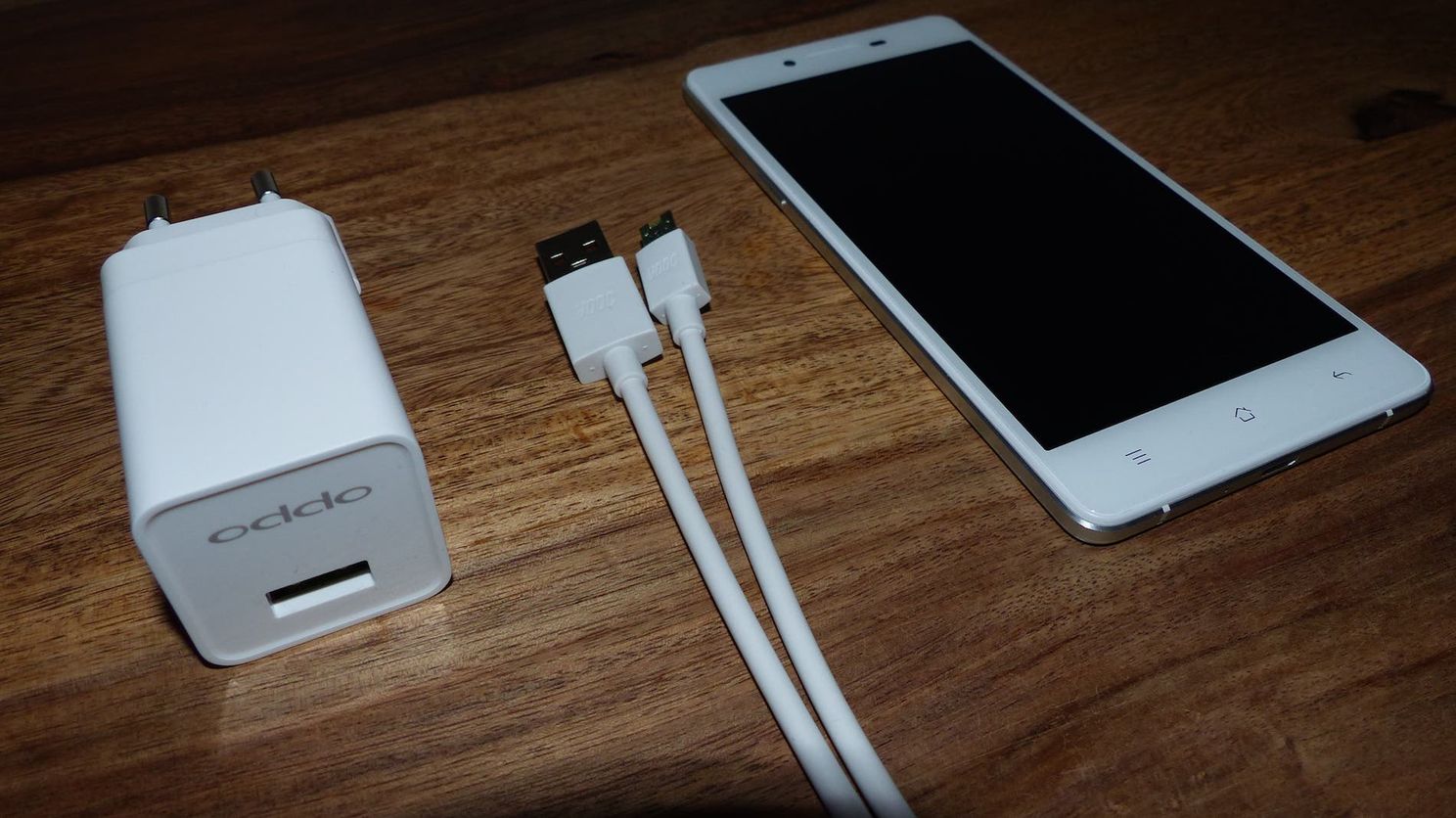
Unboxing the Oppo R7 wasn’t connected with any special feelings this time. The reason for this is the lack of a retail packaging our sample came with. We only got the phone, the 4A VOOC wall charger and a VOOC USB cable packed inside a basic cardboard-box. The final product will of course be placed into the classic Oppo retail box and will include additional accessories like the Oppo in-ear headphones, documentation, a SIM tool plus, in case you pre-ordered with OppoStyle, a free Bluetooth on-ear headset made by Oppo.
Design-wise the Oppo R7 is simply stunning and a great improvement compared to the Oppo R5 which was looking a bit ugly due to the bulgy rear camera. At 6.3mm the handset got a little thicker, yet still remains insanely slim compared to most other phones out there. Just check out the comparison between the R7 and the Elephone P7000 below.
Something we’ve been amazed with as well is how sturdy the phone is. There is no way bending it, even with force, which feels kind of magic considering how thin this beauty is. On reason for that probably is that the Oppo R7 is made from metal for more than 92%. One big improvement over the R5 is the 3.5mm headphone jack, which found its way into the device this time after you had to use a micro USB adaptor with the R5 to plug your headphones. Also, the device feels extremely silky in the hands, which isn’t what everyone would expect with devices made from metal. Oppo really took care when eliminating all sharp edges. Cuddly probably is what describes the feeling best.
We’ve discovered a few downsides on the design part though. First of all, Oppo forget to put a back-light on the touch buttons which is sad considering the price-tag of $399. Another flaw is the status LED which does only light up in white color and does not offer any distinction between different apps. Furthermore we noticed that the metal tends to have slippery grip-properties if you have dry hands. Anyway, all that might be complaining at a high level.
Oppo R7 Review: Display
The Oppo R7 got a bit smaller than the R5 since it now comes with a 5-inch display which still operates at 1080p resolution and makes use of the Super AMOLED technology. Now OLED displays in general offer intense colors, nice contrast, great outdoor readability and black levels that still are unreached by LCD panels. Obviously enough, the display of the Oppo R7 is no exception and fully satisfied us. Also the touch panel offers a very high quality with no input-lag, an amazingly smooth 2.5D curved glass surface and great sensitivity.
Oppo R7 Review: Hardware & Performance
The Oppo R7 still comes with the Snapdragon 615 SoC which is Qualcomm’s competitor to the Mediatek MT6752 and hasn’t been able to live up to our expectations inside the Oppo R5, mainly due to “overheating” issues. Now inside the Oppo R7 this SoC got 3GB of RAM in addition to the increase space that is likely to improve the cooling. Is that enough to solve the performance issues of the Oppo R5?
Well, it is, but unfortunately only in a limited way. Now lets get things straight, the Snapdragon 615 performs nicely in all apps we use on a daily basis with no difference noticeable comparing it to the MT6752. Unfortunately this only is the case as long as the chipset stays cool. Throw some multi-tasking at it or start to play a game and performance will drop significantly, being noticeable slower than the MT6752. What’s more, if you play demanding 3D games for a longer time, the frame-rate can drop to unplayable levels in some games due to the reduced frequency the SoC applies to prevent overheating.
While this clearly is partially caused by the thin body of the Oppo R7, there are more reasons for this deficit compared to the MT6752. To find the reason we need to dig a bit deeper into the matter and compare how those SoCs are managed, since management is what Qualcomm sucks with recently. Having a look at CPU-Z in idle-mode at both the Snapdragon 615 and the MT6752 will uncover that the Snapdragon 615 runs all cores non-stop, most of them at high frequencies. The MT6752 however doesn’t do that. It’s offlining all cores except one or two in idle mode with the CPU clock staying down at the lowest level. In the end this means higher energy efficiency and a lower temperature for the Mediatek chipset.
Now throw some heavy game onto the SoC and you will be able to witness the same behavior on both chipsets again. This time the MT6752 will run about 4 – 6 cores while keeping the remaining cores offline. Once the active cores reach a critical temperature they will be disabled and the tasks moved to other cores that are still cool. Again: Less temperature and higher energy efficiency for the Mediatek SoC.
And now we come to the critical part that explains why the Snapdragon 615 becomes so slow once it heats up: It doesn’t do core offlining. It simply keeps using all cores but clocks down significantly. Since applications are not multi-core optimized most of the time, this results in a very bad performance. Now that’s just to give you a quick insight into the differences between todays MTK and Qualcomm chipsets, to understand how MTK have been able to take off recently. They simply do stuff smarter. That obviously doesn’t mean that the Snapdragon 615 is a bad chipset, since it isn’t at all. It just shouldn’t be used inside such a thin device. MTK would’ve been the better choice there.
Oppo R7 Review: Software
It shouldn’t come as a surprise for anyone if we tell you that the Oppo R7 runs ColorOS. This is Oppo’s very own Android-based custom ROM powering all of their devices. Unfortunately the system doesn’t enjoy as much love as MIUI or Cyanogen do, simply because of the fact that for a long time it looked ugly and wasn’t performing that good.
We’re talking about the past here however, since for a while now Oppo tries to beef up the UI and make the ROM more efficient. With the newest iteration of ColorOS that is version 2.1 and powering the Oppo R7, their work apparently is finished and we really start to like ColorOS now. It looks modern, is easy on the eyes and feels quite snappy thanks to a cut-down on animations (the left ones feel much smoother and more elegant) and bloatware. Now the only thing left to improve is the settings application, which still is a big mess like it’s the case with many other custom ROMs as well (that mainly includes MIUI).
Now in case of the Oppo R7 we found two flaws. First of all, the version of ColorOS running on this device is still based on Android 4.4.4 KitKat instead of Lollipop. This was a huge disappointment and we hope a Lollipop update will arrive soon since KitKat doesn’t support 64-bit. Furthermore we also noticed a little but slightly annoying bug with the volume settings. Listening to music while receiving a notification will push the volume up to 100% until you press the volume rocker one time. Especially when using headphones this hurts.
Oppo R7 Review: Audio Quality
When Oppo launched they Find 7 they managed to shift audio quality on phones to a new level. Well, opinions on that differ, but some here at GizChina believe that this device actually sounds better than HTC devices with Boom Sound. Now that means that Oppo know how to do hi-fi, which doesn’t come as a surprise since that is where they come from. Now with the Oppo R7 they really managed to blow us away. Don’t get this wrong, the R7 does not sound as good as the Oppo Find 7, but for a device that thin it is just insane how much bass and volume this tiny speaker is able to create. Listening to music is fun with the Oppo R7, even without headphone. But with headphones the fun will be more intense for sure thanks to a crystal clear audio output we got to love during the week we tested the device. Things don’t look much different for phone calls in which the Oppo R7 performance perfectly as well. Audio quality is on-par with all current flagships and the noise cancellation works like a charm thanks to a dedicated microphone.
Oppo R7 Review: Wireless Performance
One thing that stood out the most while testing the Oppo R7 is the reception quality. We certainly had some doubt about that initially, since all that metal can quickly become an issue. Luckily, Oppo apparently put more than just one thought into the antenna design, plus cut out a part of the metal on the rear to cover it with plastic stripes that ensure a perfect reception quality. And perfect really is what you get on mobile networks and Wi-Fi. The only flaw is that FDD-LTE band 20 isn’t supported which is a problem for European users. GPS worked perfectly during our tests as well with the same performance we are all used to from Qualcomm chipsets.
Oppo R7 Review: Camera
When the Oppo R7 was announced, Oppo made quite a fuzz about the camera. They promised outstanding performance thanks to a 13 mega pixel Samsung ISOCELL sensor in combination with some special software enhancements. In the end the promises just have been marketing and we have been very disappointed with the camera. Again, don’t get this wrong. The camera is far from being bad, but it isn’t what the marketing and the price-tag of the handset made us expect. The camera has some significant issues with sharpness and contrast. The focus isn’t working properly as well in low-light conditions or when using the flash. Also small objects are rather hard to get focused. Video quality is acceptable but could be better as well. We’ve seen fractals every once in a while. Those quality flaws are especially disappointing since the camera software offers tons of features and would be the real fun along an amazing sensor. The front camera isn’t perfect either but quite acceptable for most we think.
Oppo R7 Review: Battery
In reaction to the disastrous battery life of the R5, the Oppo R7 now packs a larger 2,320mAh battery, making use of the thicker body. Actually the 320mAh of additional capacity have a noticeable impact on battery life, combined with some well placed optimizations. In the end with a bit of limitation we didn’t have issues getting throughout a day with one charge. But more definitely is not possible. Now if the SoC would be a bit more efficient… well, ya know.
Whatever, thanks to VOOC it doesn’t really matter if your battery is empty, since it will be fully charged within 1 hour and 15 minutes. If you need to do an emergency call, charge it 5 minutes and you will be ready for 2 hours of phone calls. Yep, that surely sounds amazing and it is amazing, at least in time point of view. You pay a price for VOOC though: Battery lifespan! Right now we are able to witness how VOOC limits the lifespan of a phones battery with our Oppo Find 7. After about one year the battery now starts to die. Of course that isn’t much of a problem with the Find 7 since you just buy a new one for a couple of bucks, but it will be a huge issue with the Oppo R7.
Just imagine you pay $399 bucks for a phone and after one year the battery is dead thanks to VOOC. As a matter of fact, you are not able to switch batteries with the Oppo R7. In the end you would have to pay money to get a new one, and that definitely is not good and makes us wonder if fast charging in general is something anyone would like to have in such a thin device with non replaceable battery? Comments are open for your thoughts!
Oppo R7 Review: Verdict
Putting all the learned things together we’d say the Oppo R7 isn’t a bad phone it all but maybe a little overpriced and more suitable for folks who pay much attention to design as well as Oppo fanboys/girls. The thin body still confronts the user with some flaws that just shouldn’t be present in a $399 phone. Going after the “boom-for-the-buck-ratio”, the Oppo Find 7 would be the better choice for less money. Something that also made us wonder if that’s actually a good idea is VOOC. We aren’t entirely sure if any manufacturer should combine a non-serviceable battery with fast-charging. Anyway, in the end you have to make your purchase decision. We can only tell you our opinion – as usual.
A big thanks goes to Oppo and OppoStyle who provided us with the review sample. If there are any questions that have been left unanswered, make sure to leave a comment.
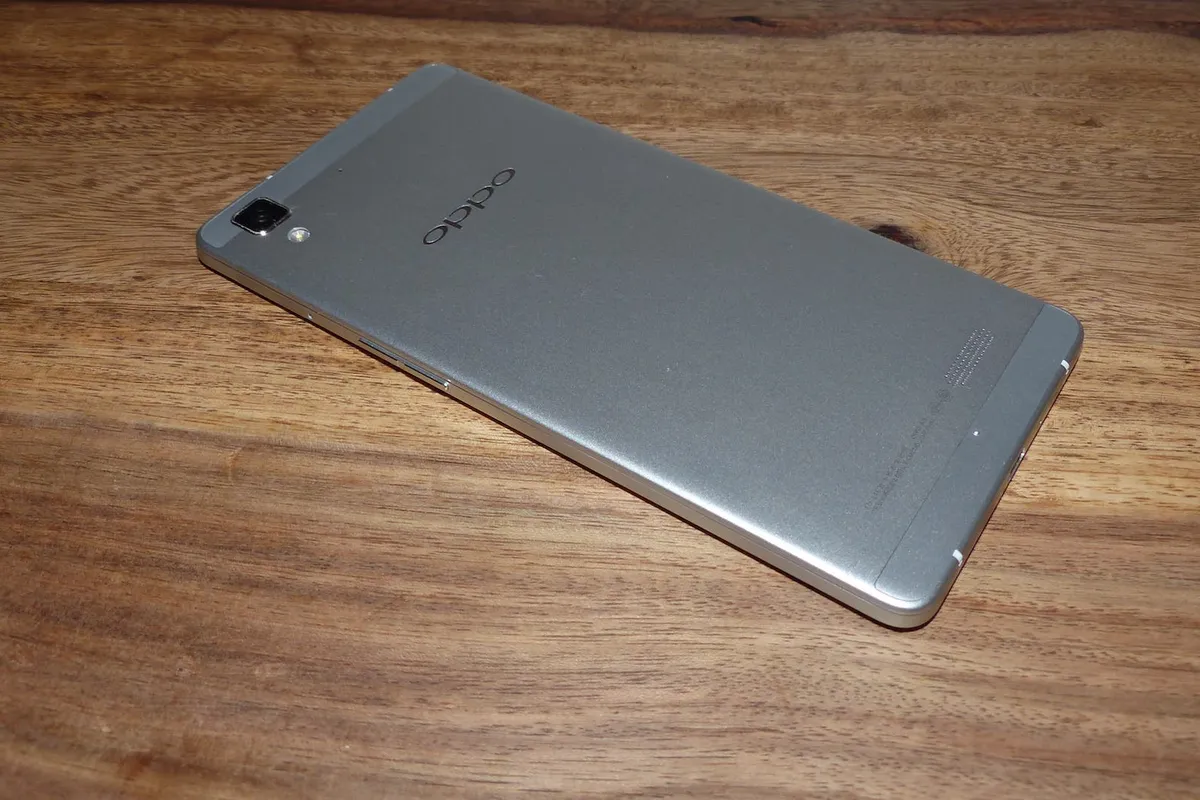


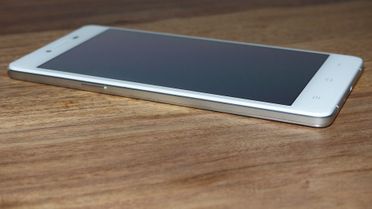
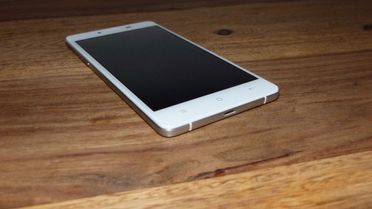
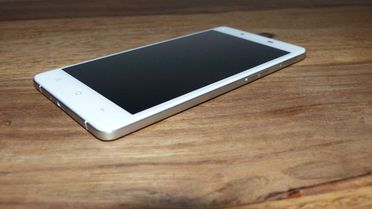

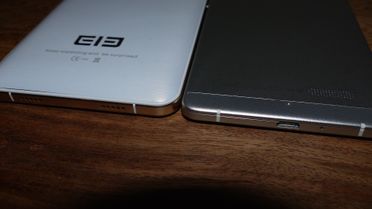
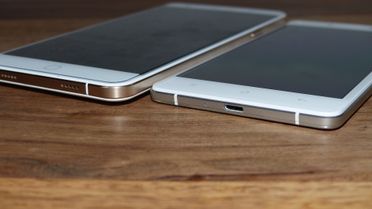
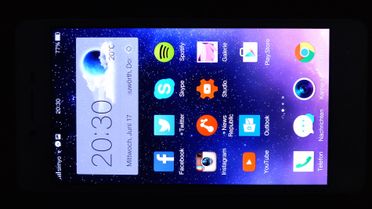

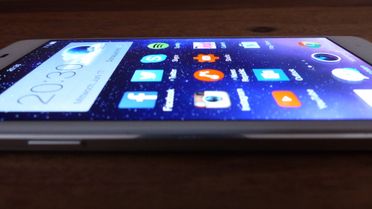
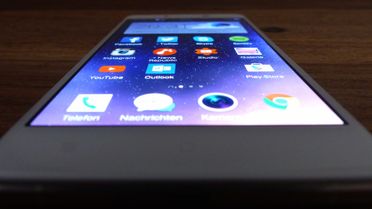

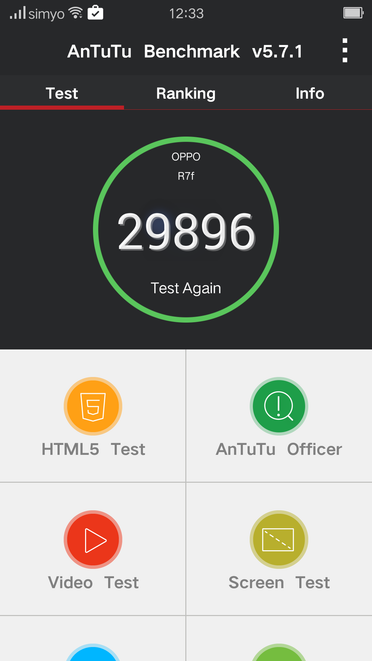
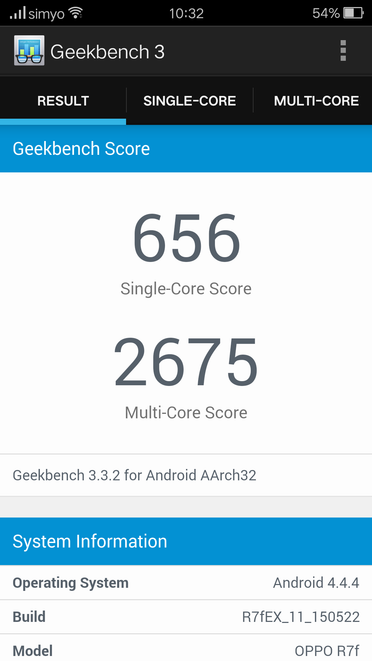
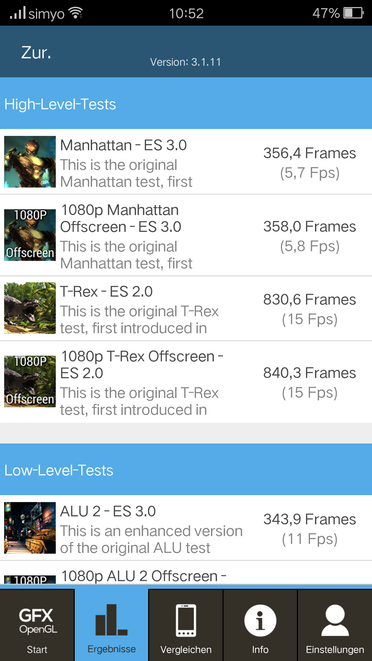
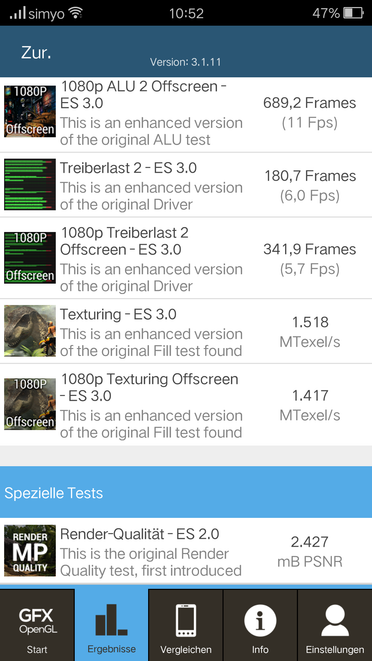
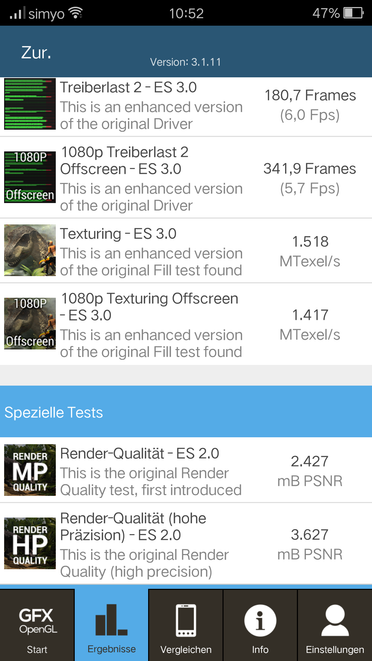
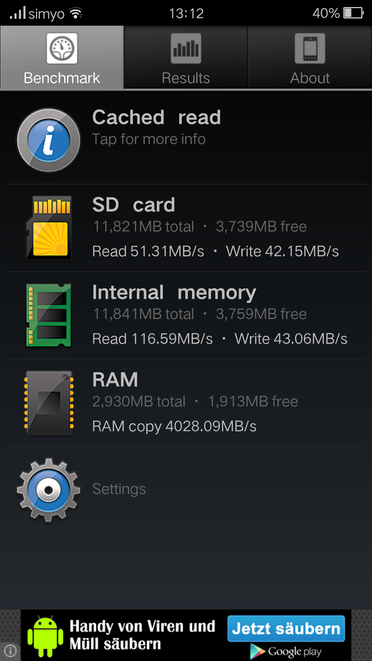
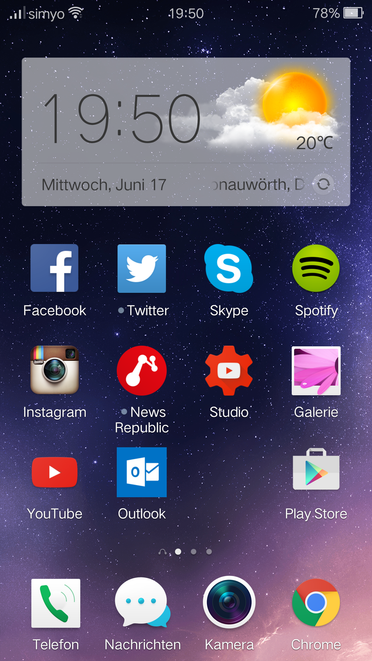
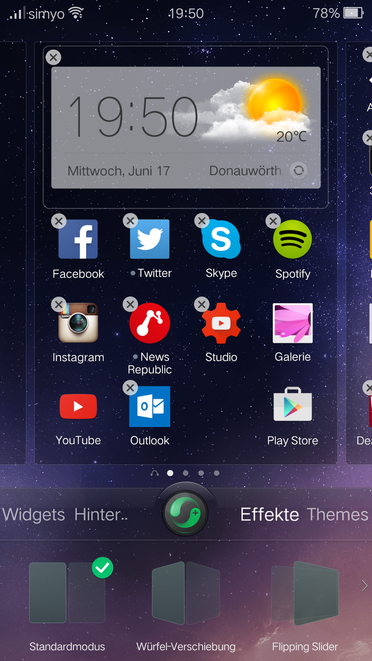
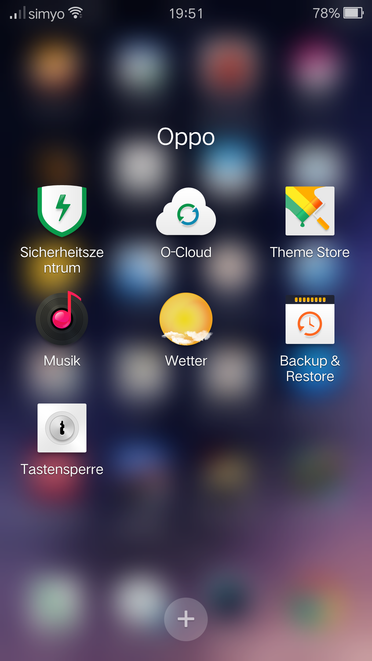

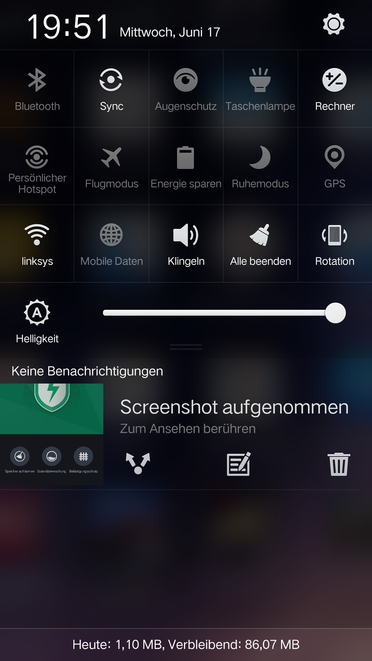

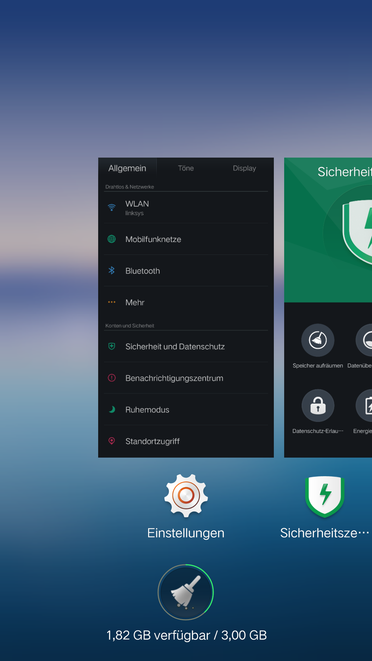
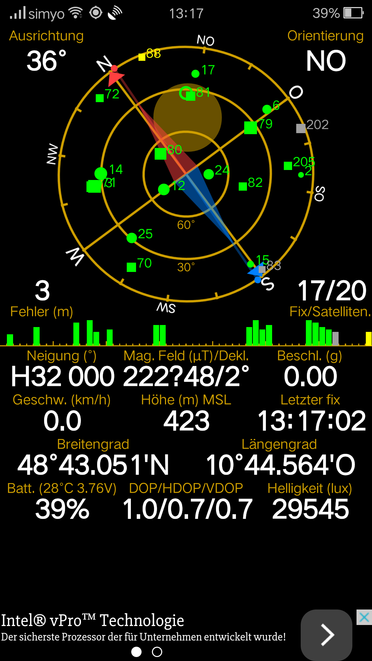
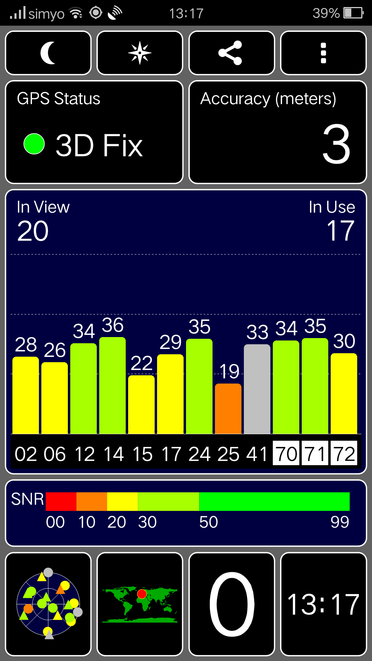




















Place comments
0 Comments
You are currently seeing only the comments you are notified about, if you want to see all comments from this post, click the button below.
Show all comments